Sorry the original article is missing but here is another great article:
In the Sonoran Desert in Arizona, prospector Johannes Henricus Wickenburg discovered a deposit of gold in 1863. As often happened, once the mine was established, a town grew up around it. The Vulture Mine was the most productive in the state’s entire history.
With the advent of World War II, the mine was closed in 1942 by the War Production Board as it was considered a “non-essential mine” that did nothing for the war effort. Protests from the miners caused the mine to reopen, but it never regained the potency it once had, and a few years later it was closed for good. The population of Vulture City slowly decreased until it was completely abandoned.
In the last few years, restoration efforts have transformed the ruins into a place conducting for tours for the curious. Ghost stories surround certain spots in town, such as the Hanging Tree. Legend has it 18 men swung from its limbs for stealing.
The area was populated centuries before Wickenburg wandered through, despite its brutal heat. In about 700 A.D. the Hohokam people occupied the land and dug canals to irrigate crops with water from the Salt River. By 900 A.D., the canals had been expanded to 130 miles and attracted more and more settlements, making it the second largest native population in the area after Mexico City. The area was abandoned by the Hohokam sometime during the 15th century, possibly due to a drought.

How did the mine, and later the town, in south-central Arizona get its new name? Legend has it that Wickenburg was dealing with a stubborn mule while menacing vultures flew overhead. He threw a rock at the animal in frustration. He missed the mule, but when the rock landed, it broke apart revealing…gold! Wickenburg thus named it Vulture Mine.
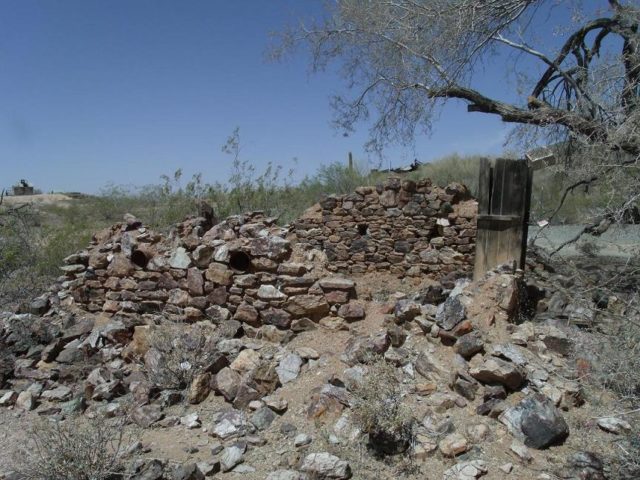
The city became possible due to the efforts of Confederate Civil War veteran Jack Swilling, who came to Maricopa County (then still part of Yavapai County) after the war and westward expansion was gaining in intensity. He, Wickenburg, and a group of miners formed the Swilling Irrigation Canal Company to re-dig the Hohokam canals and bring water back to the Salt River Valley. The success of the mine brought in more and more prospectors, creating the need for a post office, a two-room school house, saloons, brothels, a chow hall, and workshops for processing the gold, silver, and quartz. Later, a bunkhouse for bachelor miners, a tennis court, the Vulture Mine Assay office, and a gatehouse were added.
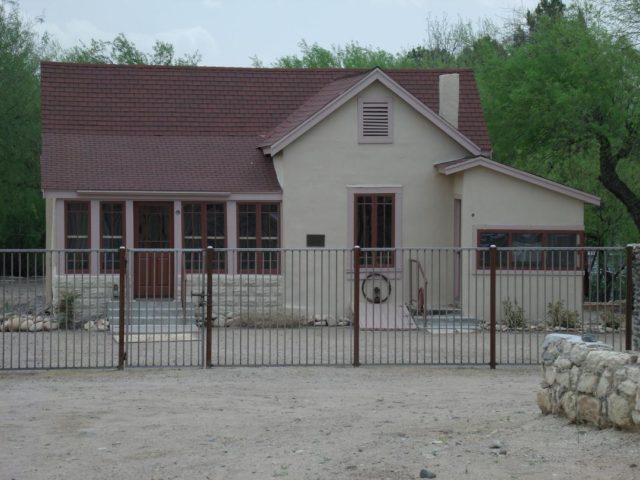
The population was up to 5,000 residents when the mine was at peak production. Between 1863 and 1942, Vulture Mine yielded close to 21,000 pounds of gold and over 15,000 pounds of silver. Wickenburg sold the mine in 1866, but legal disputes led him to deplete the wealth gained from the mine. In 1905 he took his own life.
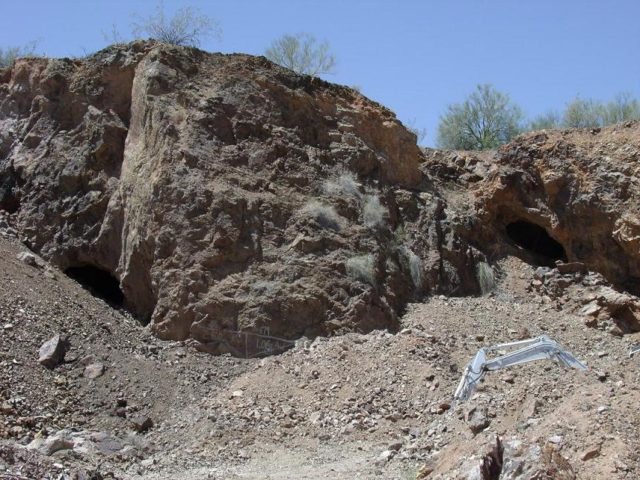
CC BY-SA 3.0
After Vulture City had agriculture, trade routes were established to get the crops to market. The original trade route still exists as Grand Avenue in Phoenix, now called the Phoenix-Wickenburg Highway.
Most of Vulture City is accessible today through Vulture Mine Tours. Two-hour guided tours are held every Saturday and Sunday at 10:00 am beginning in October and tourists may take non-guided tours on weekdays from 9:00 am to 3:00 pm after October 31st. Guided tours are $15 per person, and unguided tours are $10 per person.
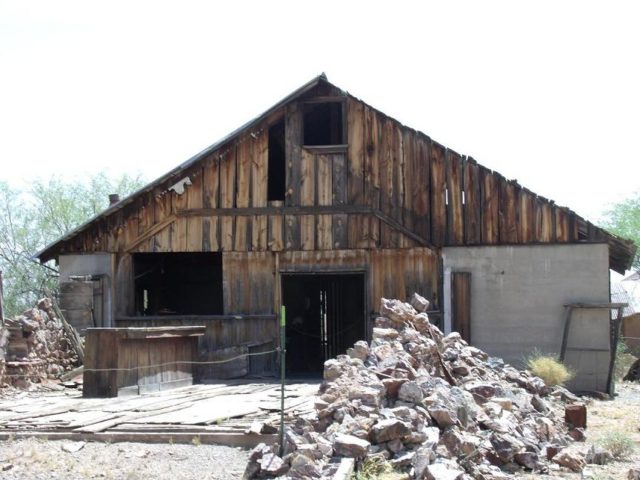
The remaining buildings that can be seen are the cookhouse and the Assay laboratory, which is surrounded by smaller buildings and a display of artifacts from the mining era. Vulture’s Roost and the remains of Henry Wickenburg’s cabin, as well as the Hanging Tree and the now restored and operational Vulture City Bar, still stand surrounded by Saguaro cactus, creosote bushes, and Joshua trees. The area is strictly off limits at all other times.
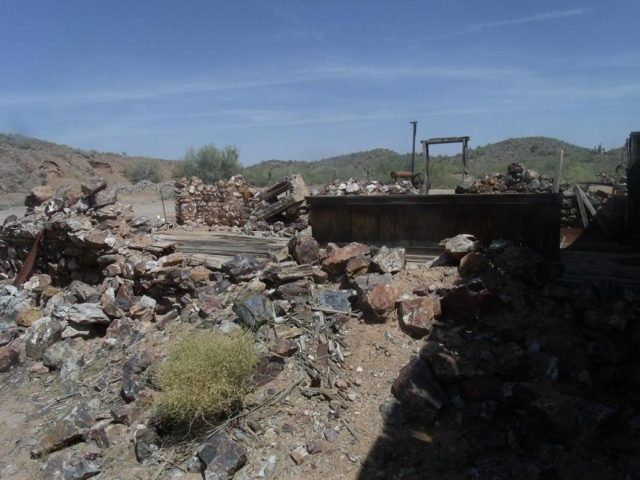
Thanks to Henry Wickenburg, who found the site, and Jack Swilling, who helped to bring water to the desert, a new town sprung up a few miles southwest of Wickenburg that was destined to be the sixth largest city in the United States. It was first called Swilling’s Mill, then Helling Mill, shortened to Mill City.
Originally Swilling wanted to name the town Stonewall after Confederate General Thomas “Stonewall” Jackson, but town official Darrell Duppa came up with the idea of a city springing from the ashes of a once booming mine town, which must be named … Phoenix.
